Photo by Paul Deetman on Pexels.com
Digital disruption.
Everything everywhere all at once. The name for A24’s most financially successful film to date can almost serve as a somewhat ironic metaphor for the pivotal effect the rise of streaming services reckoned on the film industry throughout the 2010s. Whilst the sector had faced disruptive technologies before, nothing quite shook up the established business model of the industry than the mass abundance and anytime, anywhere nature that streaming afforded to viewers. Not only were IT-backed streaming services gaining vast piles of data to algorithmically provide viewers with tailor-made content, but they were also ushering in a golden age of television, moving writers from top movies towards the financial abundance of Silicon Valley. What resulted was what your local Reddit page may scoff at today: the mass influx of sequels, remakes, and franchises. In a time where competition is high, and uncertainty is abundant, Hollywood’s risk-averse nature showed, and the big-budget blockbusters of the franchise era replaced mid and low-budget films. One thing was clear: the film industry was struggling, and corporate imperatives were starting to clash with artistic vision. Nevertheless, while the tentpoles and high-concept movies were having their heyday, one New York-based distribution company saw a gap.
A24: Critical acclaim, marketing astuteness, and strategic partnerships.
Spurred on by the abundance of similarity within the industry at the time, alongside several major ‘Indiewood’ studios closing between 2008 and 2010 , three industry veterans created the independent film distributing company A24. Unlike previous generations of independent distributors, A24’s strategy to capitalize on the hit-and-miss nature of independent cinema was to diversify the risk by investing in shrewd viral marketing strategies. An example can be found in their 2012 hit Spring-Breakers, where their now trademark neon colour pallet met iconic imagery and quirky soundbites that struck a chord with young audiences on up-and-coming social media networks. Their gamble paid off, and whilst major studios spent huge sums on trailers and billboards, Spring-breakers (2012) flew to no.1 at the box office . Alongside their marketing wisdom, A24 quickly discovered that streaming was the future. In 2013, a year after its establishment, A24 struck deals with DirecTV and Amazon TV in return for exclusive video-on-demand and streaming rights . The result of such ventures was multi-layered; not only did A24 have a new stream of ancillary revenue flooding in, but it also had both access to mass streams of data analytics to refine their practices, and a new port of entry to their majorly online young audiences. Backed by Silicon Valley, A24 went on to distribute several successes in the periods between 2013- 2016, including Ex Machina (2015), Room (2015), and The Witch (2016). However, as A24’s popularity as a brand grew, so did its ambitions, and the next port of call was production.
Expansion: Production, Zeitgeists, and Voice.
Moonlight (2016)- a tale of a young black man’s journey to manhood- was the company’s first production. Writer/ Director Barry Jenkins told The Guardian he went with A24 because it “was the one place that was like: ‘make this film your way.’”. The investment proved a financial and critical success, winning the Oscar for best picture alongside making over $60m off a $4m budget. Fast forward to 2024, and A24 has given directorial debuts to Greta Gerwig, Jonah Hill, and Bo Burnham, alongside producing hits like Uncut Gems (2019), Everything Everywhere All at Once (2022), and Aftersun (2022). Most impressive, however, is the cult-like status the company has amassed with fans, becoming synonymous with notions of ‘indie cool’. Notable is their website, which hosts exclusive merchandise, podcasts, and a membership program. The company also transitioned into television, benefiting from the post-pandemic streaming boom with productions like Euphoria (2019) and Beef (2023). However, A24’s success seems to lie more in artistic expression than corporate strategy. As filmmaker Lulu Wang told The Guardian, “A24’s brand is intertwined with the identities it works with, it’s known for championing unique voices”. Fans don’t disagree, with one fan telling Vulture, “A24 stands out because it’s new; the intensity of its movies brings out emotions in ways films never had before.”. In an era dominated by remakes and franchises, supporting a brand like A24 feels like supporting risk-taking, creativity, and filmmakers with a distinct point of view.
Uncertainty.

Due to their winning formula of corporate strategy mixed with creative freedom, A24 attracted $225m worth of investment in 2022, making the company now valued at $2.5 billion. Alongside their increased worth, A24 has plans to expand, with their biggest project to date, Alex Garlands Civil War, set to release in 2024. From mining existing franchises, such as a prequel to the Friday the 13th series, or talks of an upcoming Elon Musk biopic, A24 shows little sign of slowing down . Although, as A24’s head of film told Bloomberg, they are “excited by the idea of changing the mainstream,” it brings up feelings of uncertainty towards the company’s future. To expand, it seems they may have to move towards the IP-driven franchise films it sought to escape in 2012 while risking losing its cinephile audiences . The expansion also comes at a time of deep uncertainty in Hollywood as record-breaking strikes and fears of AI loom over the industry’s already falling box office post-COVID-19 . Whether they succeed in – or fundamentally change- the mainstream remains unclear. What seems evident, however, is that the success of A24 at least provides a template for how artistic freedom can collaborate with financial success in an era of risk-averse franchises.

![TV and Film Gone Green by Ditching Green Screen: Sustainable Innovation Through the Lense of ‘The Mandalorian’ [21068606]](https://thecreativeconversation.files.wordpress.com/2024/03/stagecraft2.jpeg?w=1200&h=800&crop=1)




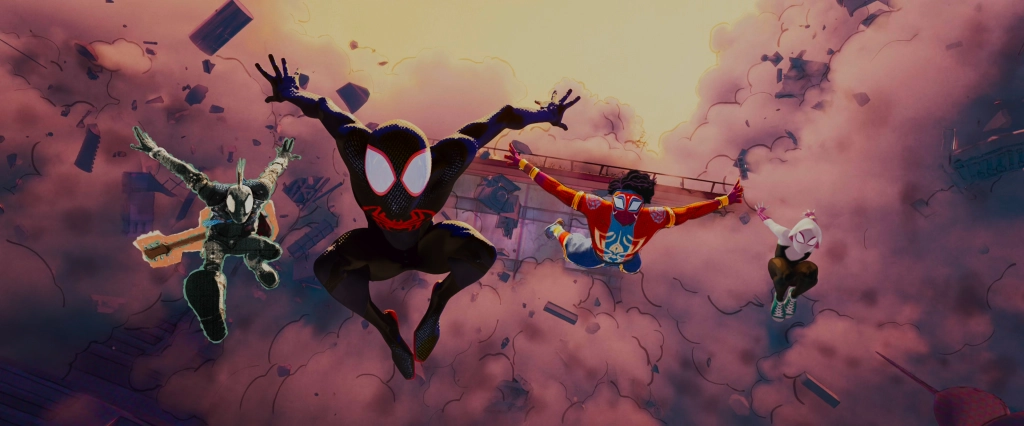
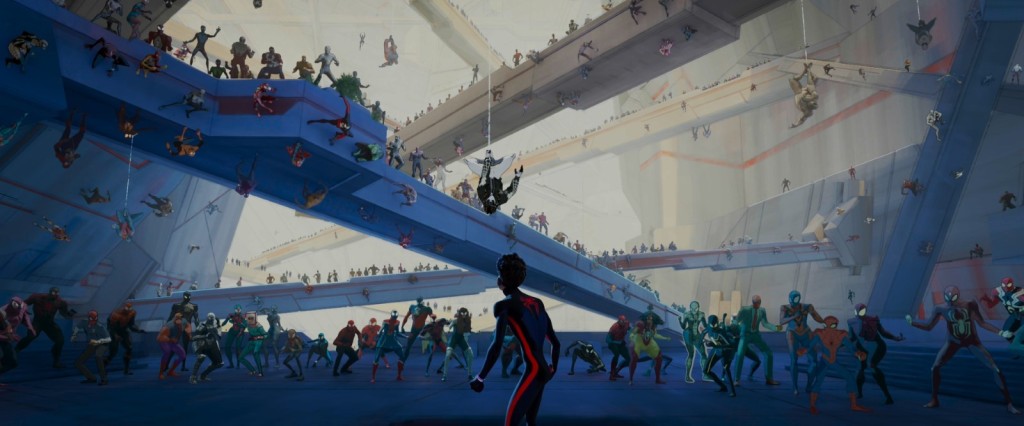






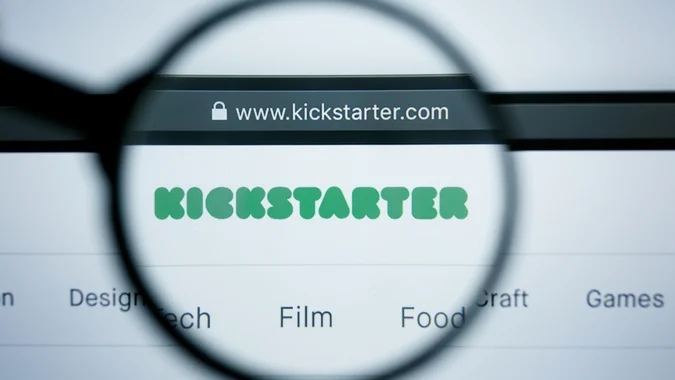
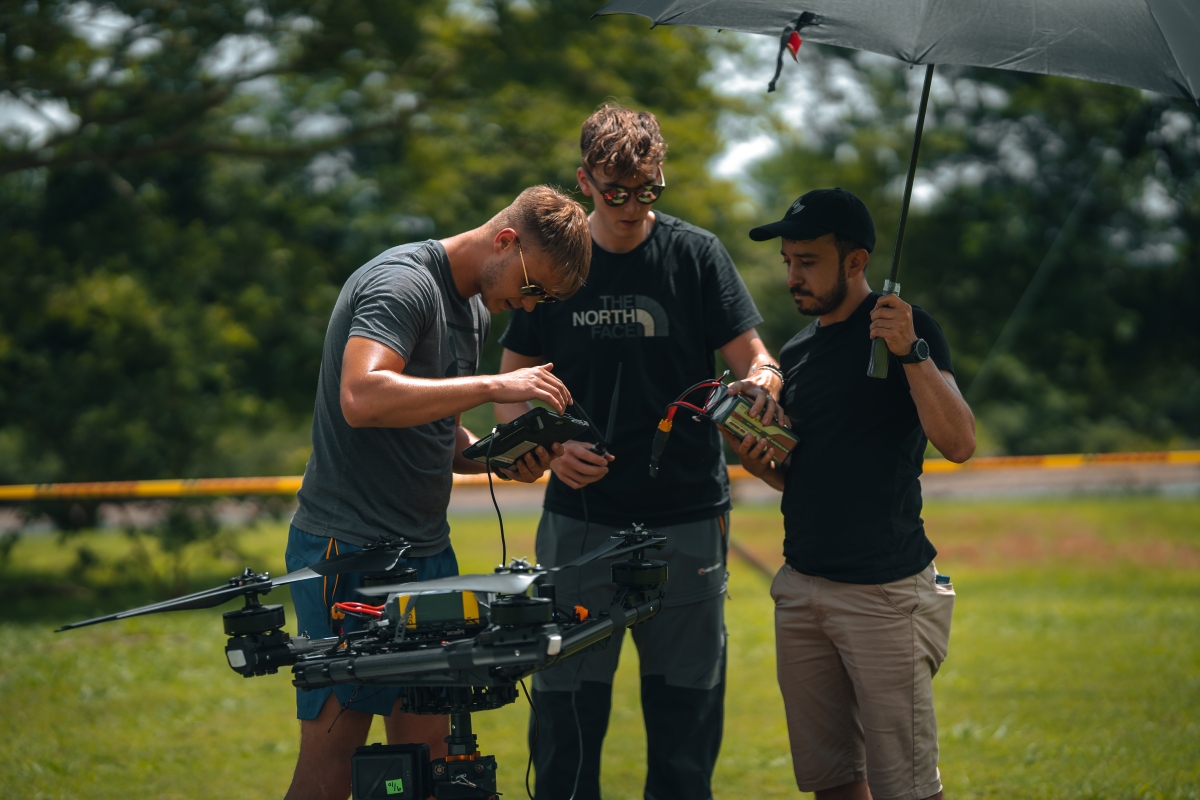
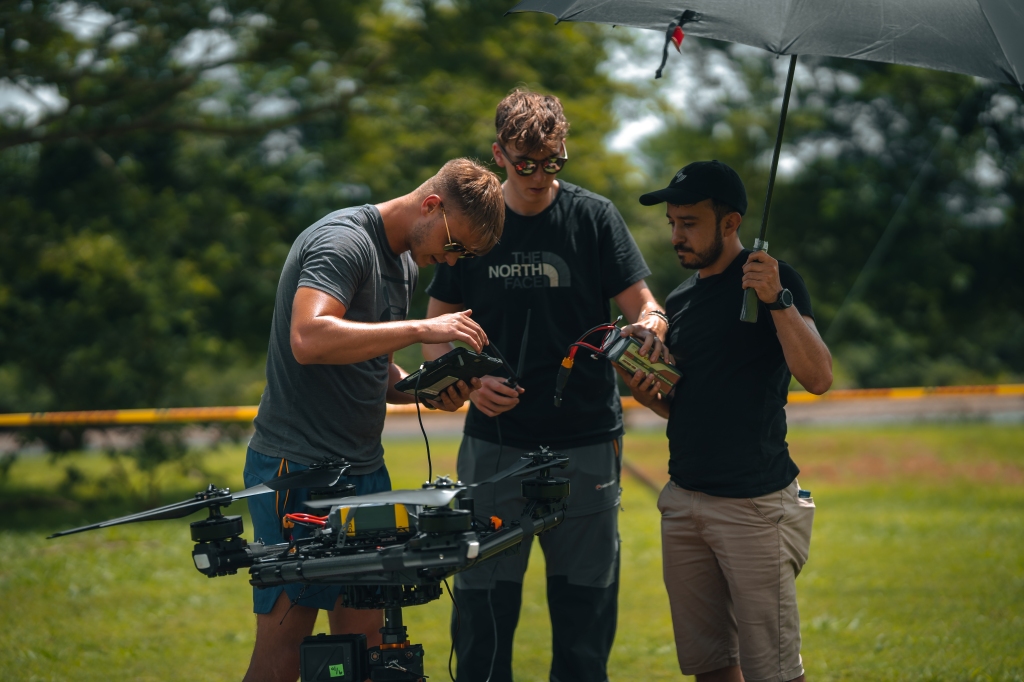
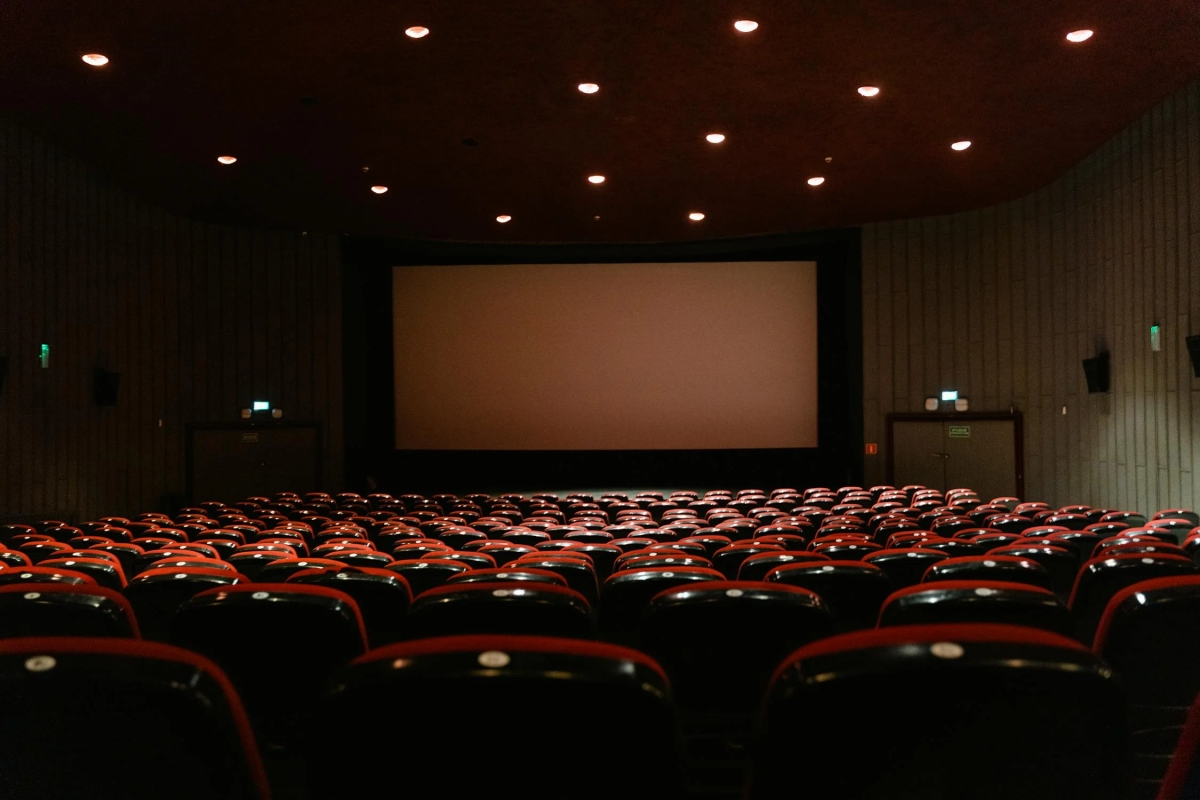


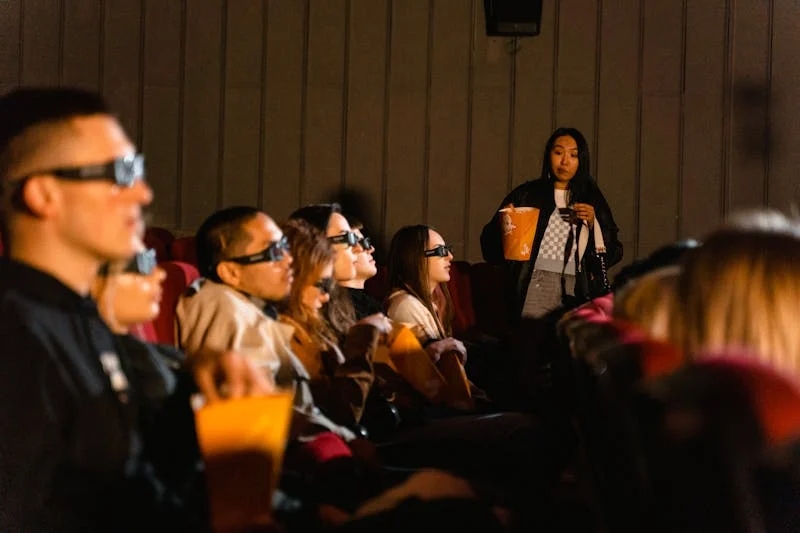
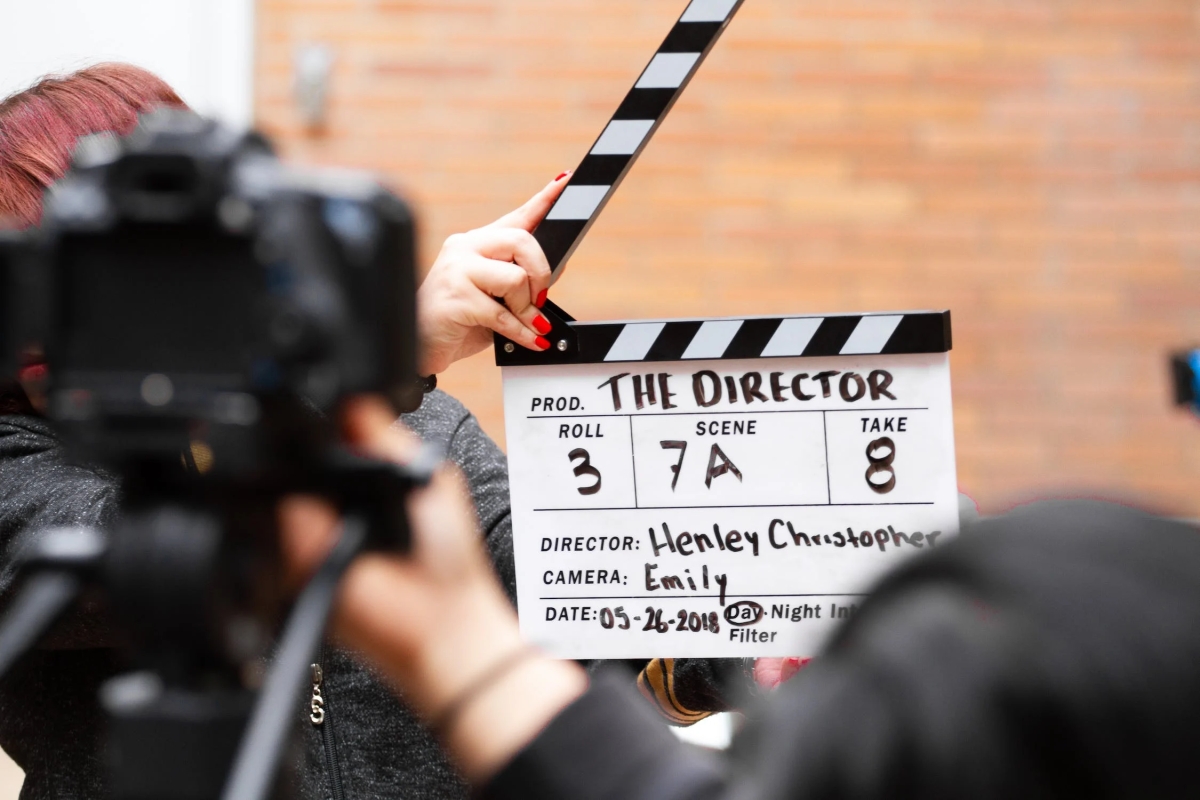
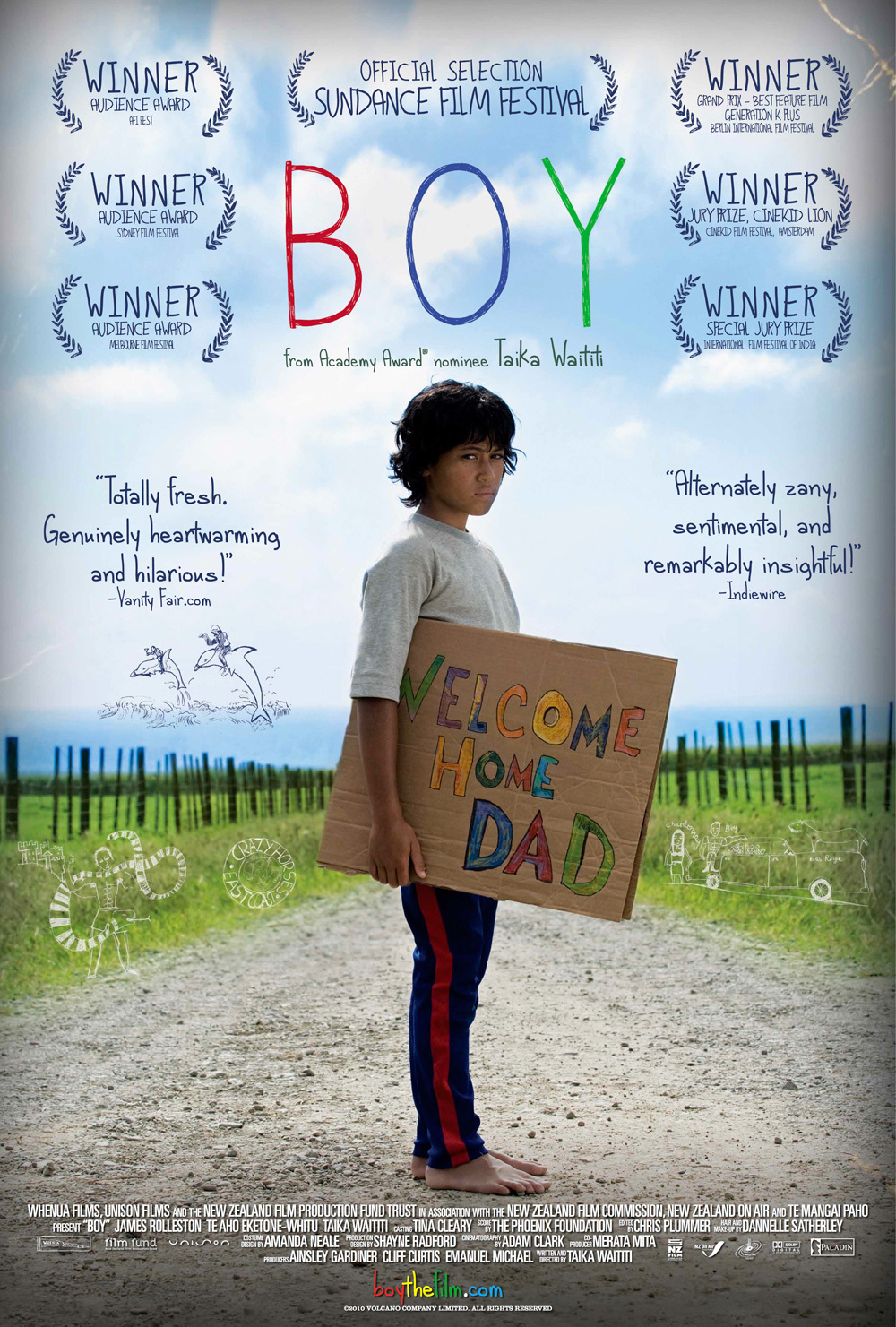
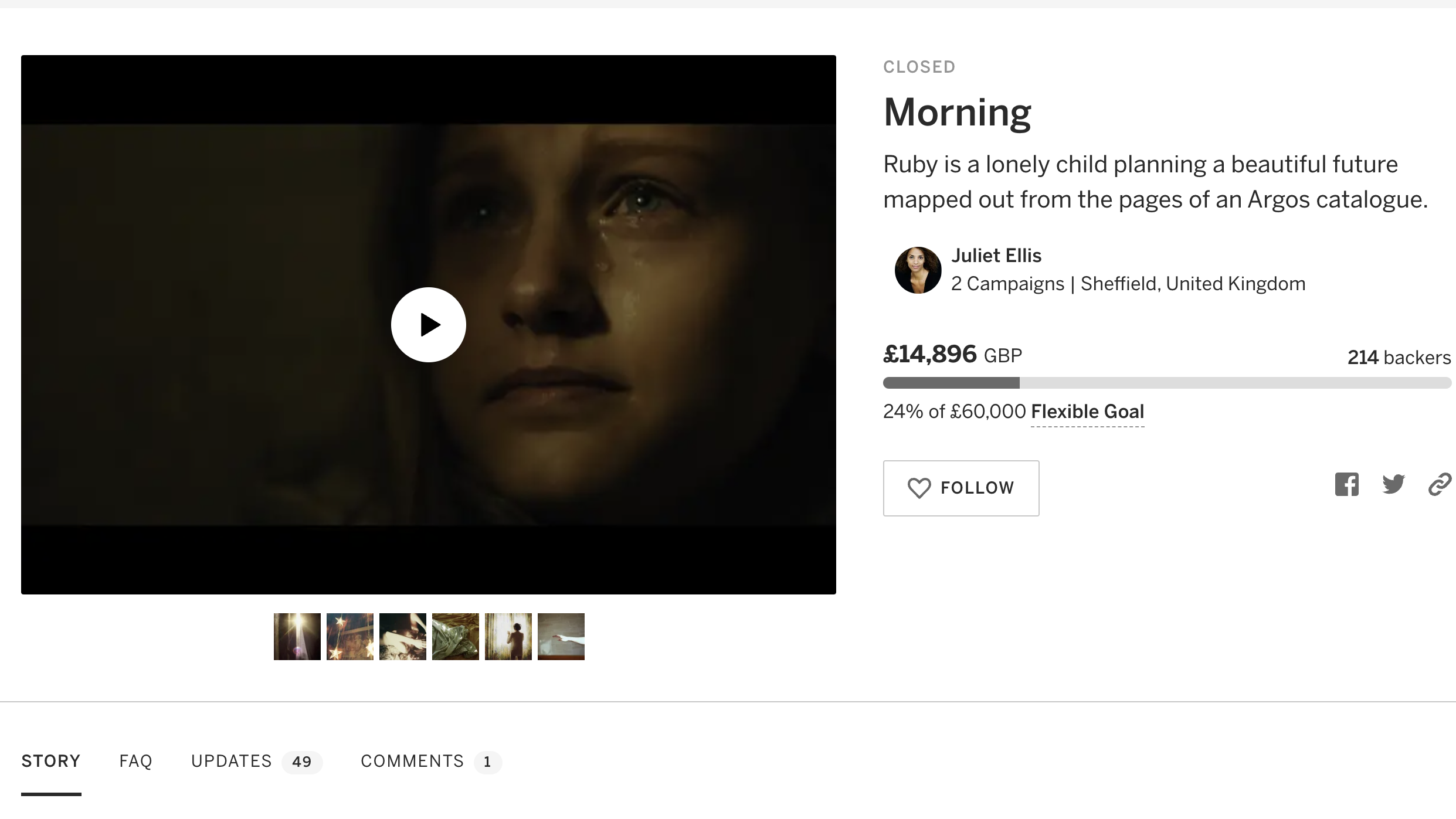
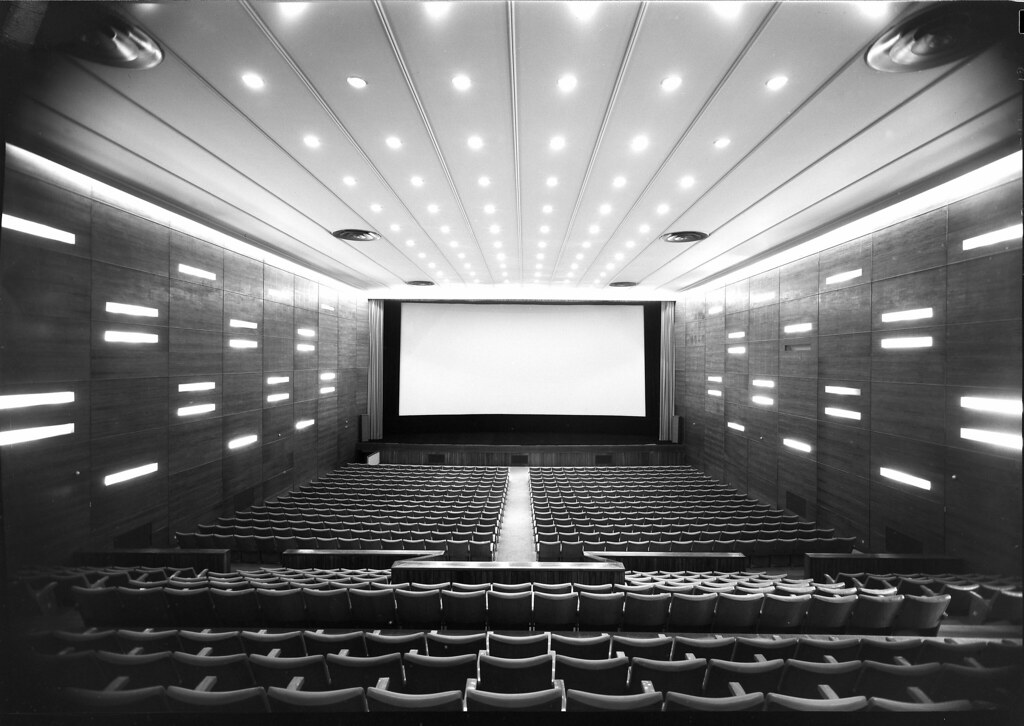


Leave a comment